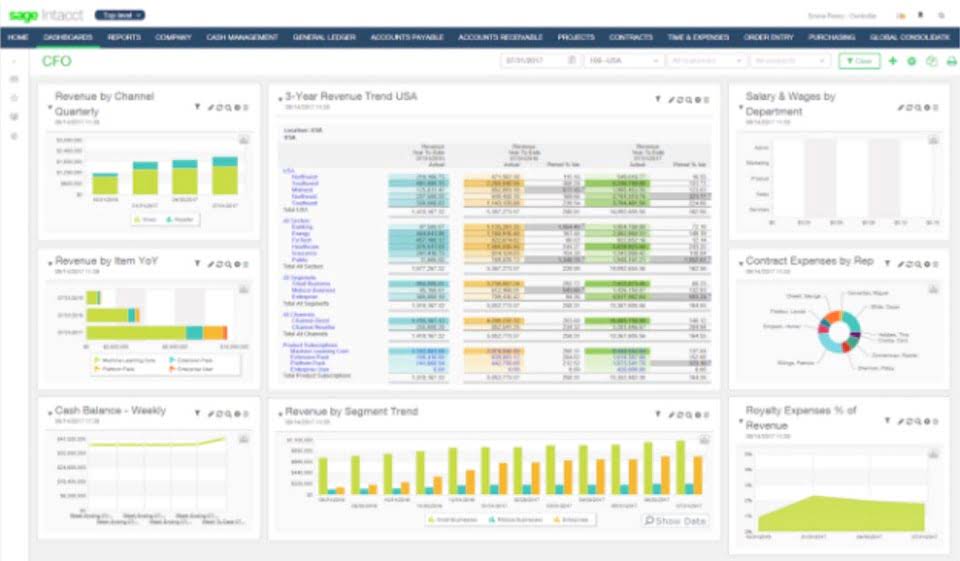
Our team of reviewers are established professionals with decades of experience in areas of personal finance and hold many advanced degrees and certifications. Identifying these inflection points can guide future strategies, enabling businesses to replicate successes and sidestep pitfalls. New governmental regulations or changes in existing ones can lead to increased gross margin accounting compliance costs. For instance, stricter environmental regulations mean investing in cleaner technologies or practices, which can be costly. Another approach to streamlining processes is by implementing Lean principles. These help businesses identify activities that generate value and eliminate those that don’t contribute meaningfully to the bottom line.
It’s a simple profitability evaluation

Knowing your gross margin rate or ratio is extremely helpful for businesses large and small. Instead of emphasizing current dividend yield, the fund’s benchmark index focuses on stocks with strong track records of increasing their dividends over time. Because it can include stocks with relatively low yields, as long as their payouts are increasing, it includes more growth-oriented businesses than the High Yield ETF.
Option 3. Increase Prices
To be comparable from company to company and from year to year, net profits after tax must be shown before minority interests have been deducted and equity income added. Profit margin analysis offers insight into how well a company generates and retains money. Suppose a retail business generated $10 million in revenue, with $8 million in COGS in the fiscal year ending 2023. A good long-term option is to redesign products so that they use less expensive parts or are less expensive to manufacture. The concept of target costing can be used to develop products that are designed to have specific margins.
- It can impact a company’s bottom line and means there are areas that can be improved.
- Profit margin analysis is a great tool to understand the real profitability of companies and compare them to their peers.
- It’s important to keep an eye on your competitors and compare your net profit margins accordingly.
- The Gross Margin is a profitability ratio that measures the percentage of revenue remaining after deducting the cost of goods sold (COGS) incurred in the period.
- They can pay dividends to shareholders, reinvest in the business, buy back their shares, or reduce their debt.
Example of Gross Profit Margin
Businesses subtract their COGS as well as ancillary expenses when calculating net margin and related margins. Some of these expenses include product distribution, sales representative wages, miscellaneous operating expenses, and taxes. Using these figures, we can calculate the gross profit for each company by subtracting COGS from revenue. Therefore, the 20% gross margin implies the company retains $0.20 for each dollar of revenue generated, while $0.80 is attributable to the incurred cost of goods sold (COGS). Returning to the example of the shoe company with a 32.9% profit margin, imagine that it spends $4.3 million on non-operating expenses.
- Price wars can emerge in markets with many players and limited product differentiation.
- The company could be losing money on every product they produce, but staying a float because of a one-time insurance payout.
- Additionally, costs such as utilities, equipment maintenance, and factory leases play into the COGS.
- The formula above does not consider the cost of labor or other direct overheads that are usually included in the COGS calculation.
- On the other hand, an automobile manufacturing business will have a lower ratio due to higher production expenses.
We may earn a commission when you click on a link or make a purchase through the links on our site. All of our content is based on objective analysis, and the opinions are our own. This comparison allows businesses to benchmark their performance, identifying if they are leaders, laggards, or somewhere in between.

Volatile commodity prices

The businesses with the highest profit margins are typically service industries like law, banking, and software development. They have low operating costs because they don’t have inventory, which means they subtract less in cost of goods sold and retain more of their revenue. Reducing the cost of goods sold will increase your company’s gross profit margin. Check whether your current vendor is offering the most affordable inventory prices.

The terms gross margin and gross profit are often used interchangeably but they’re two separate metrics that companies use to measure and express their profitability. Both factor in a company’s revenue and the cost of goods sold but they’re a little different. Gross profit is revenue less the cost of goods sold and is expressed as a dollar figure. A company’s gross margin is the gross profit compared to its sales and is expressed as a percentage. Gross margin is a profitability measure that’s expressed as a percentage. Gross profit can be calculated by subtracting the cost of goods sold from a company’s revenue.
How to use gross margin to evaluate a company

Looking further down the income statement, Microsoft also reported operating income of $83,383. This means that after Microsoft paid for both its cost of goods sold and operating costs, it still kept $0.42 from every dollar it earned. This figure can help companies understand whether there are any inefficiencies and if cuts are required to address them and increase profits. The gross margin is also a way for investors to determine whether a company is a good investment.
- Implementing pricing strategies is also effective in improving a company’s gross margin.
- Additionally, it’s important to review your own business’s year-to-year profit margins to ensure that you are on solid financial footing.
- Because these characteristics determine a company’s ability to pay investors a dividend, profitability is reflected in share price.
- It sheds light on how much money a company earns after factoring in production and sales costs.
- While they are often used interchangeably, there is a subtle difference between them.
- But if we compare the ratios between McDonald’s and Wendy’s (two companies operating in the fast-food industry), then we can get an idea of which company enjoys the most cost-efficient production.
- COGS is the cost of goods sold and is subtracted from revenue to get the gross margin, which is then divided by the revenue to get the ratio amount.
Sometimes this is unavoidable; you will need to pay for supplies, website hosting, employee salaries, and many other expenses. But by tracking your expenses, you’ll be able to identify unnecessary expenses that can be trimmed to increase your profit margin. But to improve your profit margins, you also need to know how much you are spending. This might involve tapping into new markets, launching innovative products, or refining the marketing strategy. However, if a business grapples with rising material costs, wage inflations, or inefficient production processes, its COGS might escalate, exerting downward pressure on the gross margin.

Leave a Reply